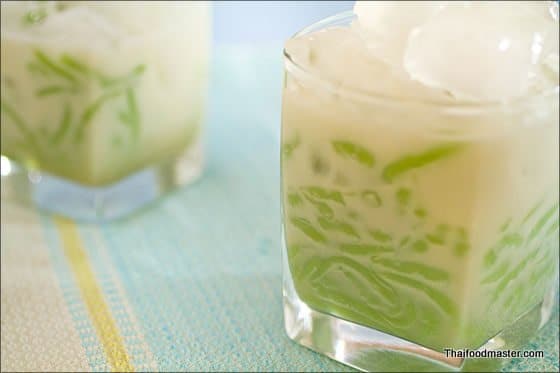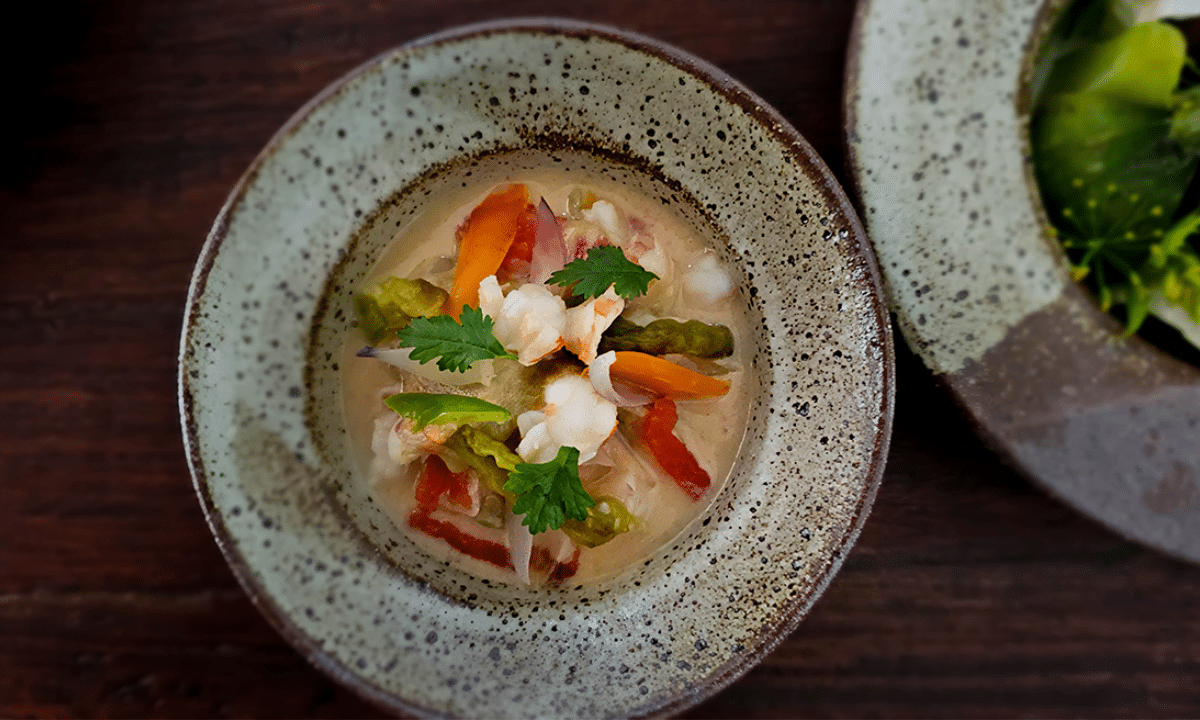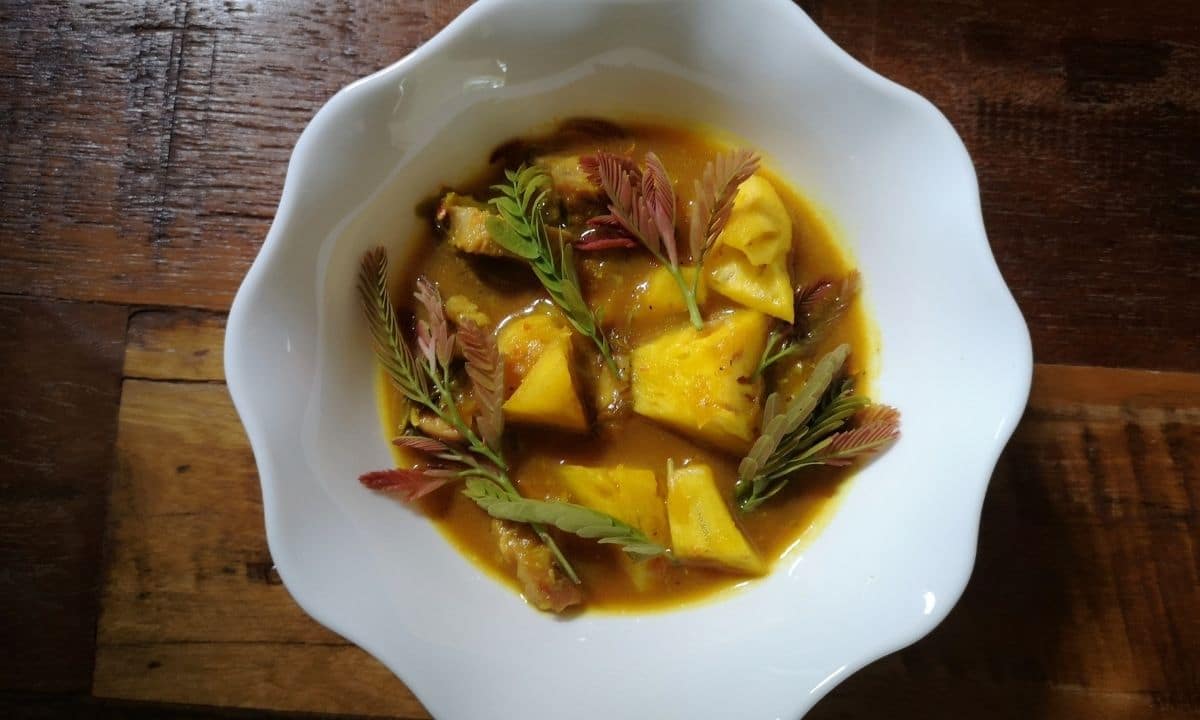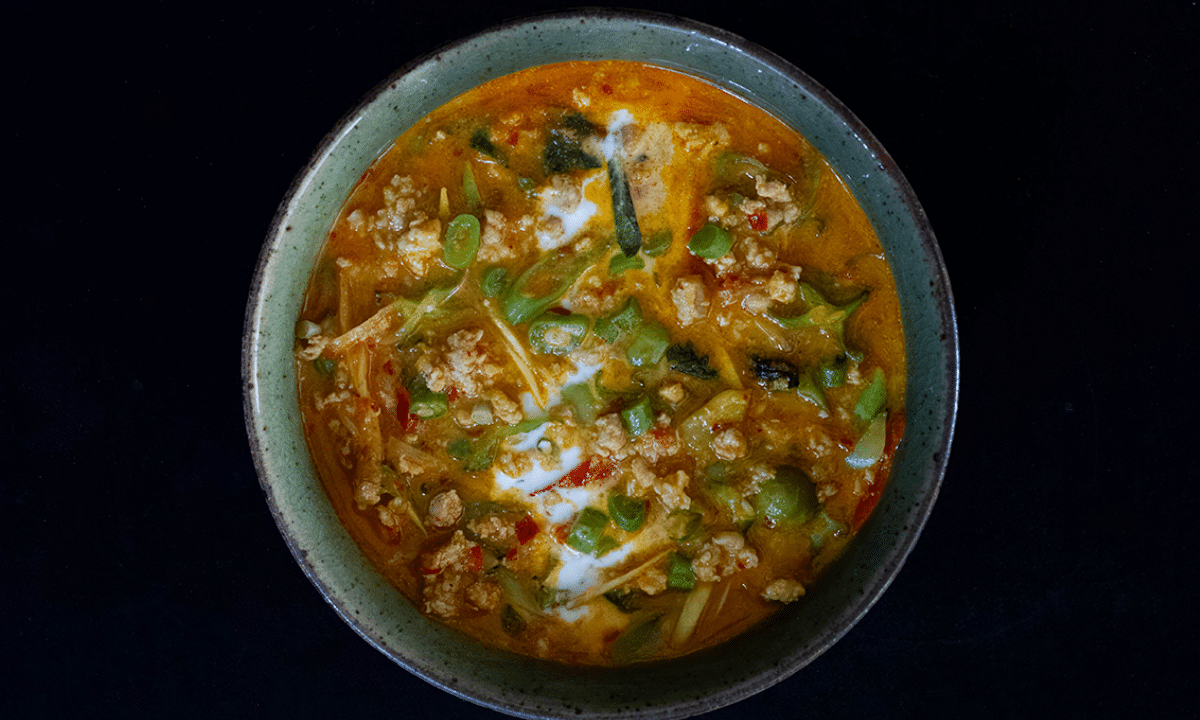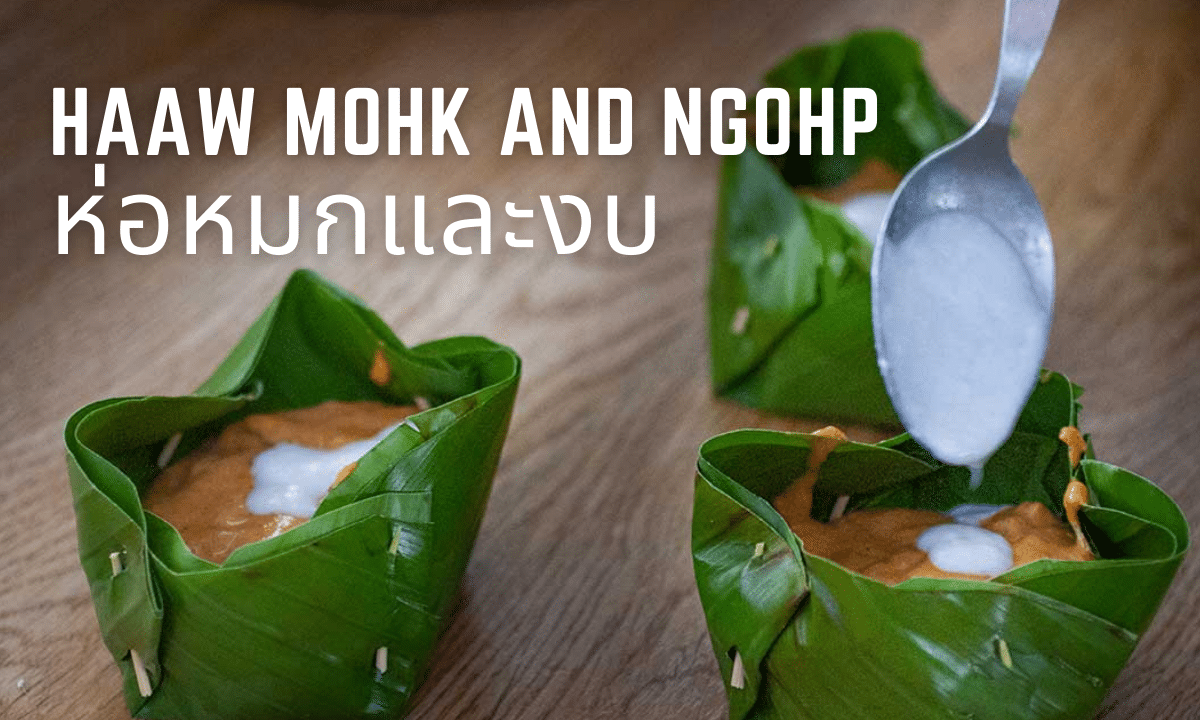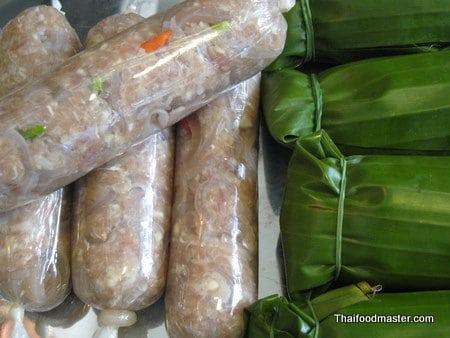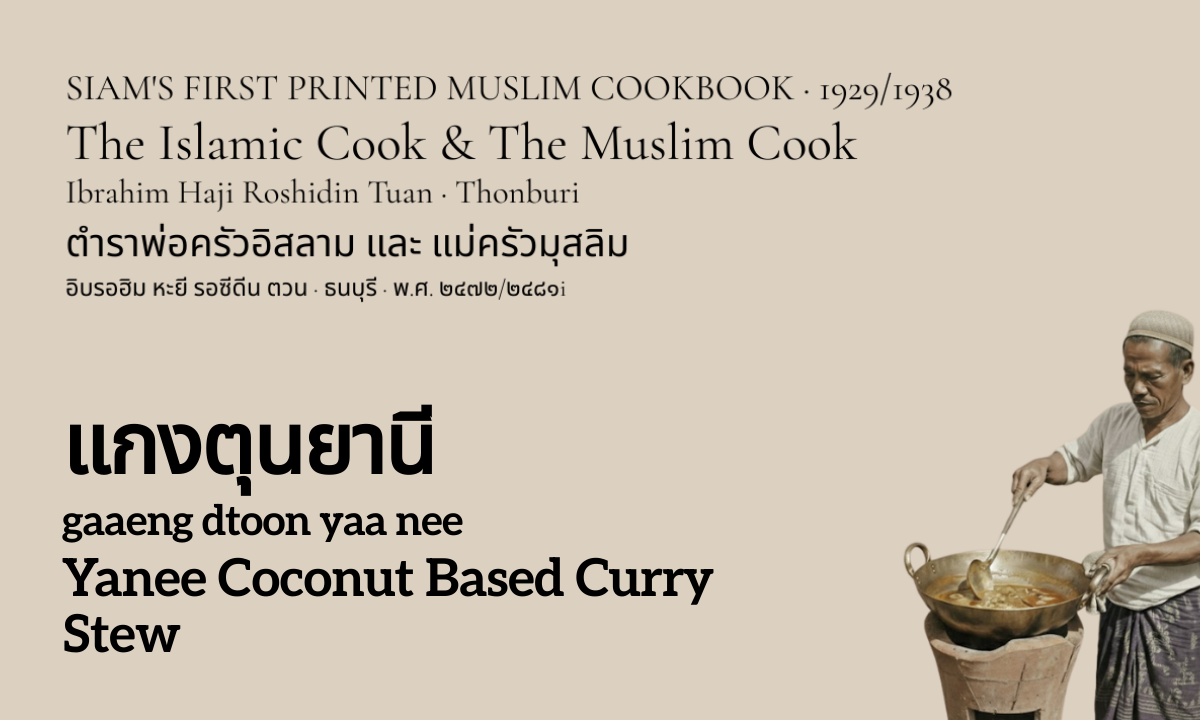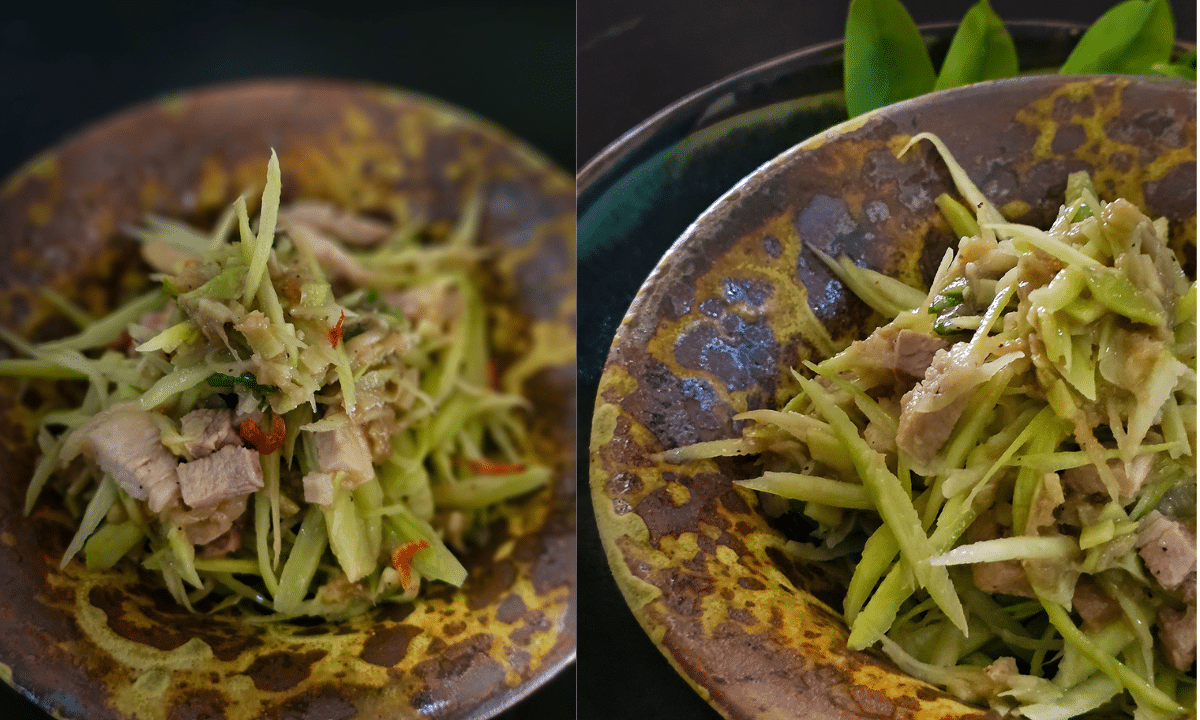
The information on this website has been compiled from reliable sources, such as reference works on medicinal plants. It is not a substitute for medical advice or treatment and Thaifoodmaster does not purport to provide any medical advice.
This fruit tree belongs to the Guttiferae family, the same family as the mangosteen. The tree is small to medium in size, but can grow up to 5-10 m under its natural habitat. Madan is considered to be native to the Southeast Asian region. In Thailand it is commonly found growing wild near rivers, streams and swamps in dry evergreen forest, as the tree likes humid conditions and wet soils. It is grown for home uses and no commercial plantation has ever been recorded. [1]Under-Utilized Tropical Fruits of Thailand. RAP Publication 2001/26, Suranant Subhadrabandhu, The United Nations, Bangkok. 2001
General description
Dark green leaves are opposite, lanceolate shaped, 9 cm long and 2.5 cm wide. Flowers are borne in clusters. Each cluster contains of 3-6 flowers. Flowers consist of 4 pinkish petals, which are 3 mm wide and 6.5 mm long. Green fruits are ovate to oblong, 5-7 cm long, and 2-3 cm wide. Mature fruits are shiny green. [2]Under-Utilized Tropical Fruits of Thailand. RAP Publication 2001/26, Suranant Subhadrabandhu, The United Nations, Bangkok. 2001
Propagation
Madan is found growing wild in the lowland and swampy areas of evergreen forests in Central and Southern Thailand. Villagers in the Central Plain brought them from the forest to grow for home consumption. The trees are propagated from seeds, which are easily germinated. At present, air layering is used as a means of propagation to ensure that a female tree is produced. [3]Under-Utilized Tropical Fruits of Thailand. RAP Publication 2001/26, Suranant Subhadrabandhu, The United Nations, Bangkok. 2001
Uses
The young leaf is served as a vegetable accompaniment to many Thai dishes and can be eaten either raw or cooked. The fruit is rich in vitamin A and calcium and is eaten fresh, but has a very sour taste. It can also be used in a sauce of shrimp paste and chilli and eaten with vegetables and fish. When cut into small strips it is included as a side dish in various Thai salads such as salty crab salad. The fruit of madan can be processed to make preserved fruit in syrup, pickled fruit and dried fruit. The fermented fruit is stuffed with minced pork to make a soup, or it can be made into a sweet. The fruit has demulcent properties (Jacquat, 1990). The compositions of madan fruits and young leaves are shown in Table 1 below. [4]Under-Utilized Tropical Fruits of Thailand. RAP Publication 2001/26, Suranant Subhadrabandhu, The United Nations, Bangkok. 2001
The traditional ethnomedicinal uses of madan’s leaves, root and fruit are as an expectorant, treatment of coughs, improvement of menstrual blood quality, treatment of diabetes and as a laxative (Poomipamorn and Kumkong, 1997).
Composition of madan fruits and young leaves (Poomipamorn and Kumkong, 1997) (Figures expressed per 100 g of fresh wt)| Components | Fruit | Young leaves |
|---|---|---|
| Carbohydrates (g) | 6.5 | 7.3 |
| Protein (g) | 0.3 | 0.3 |
| Fat (g) | 0.1 | 0.1 |
| Fibres (g) | 0.4 | - |
| Calcium (mg) | 17 | 103 |
| Phosphorous (mg) | 7 | 8 |
| Iron (mg) | - | - |
| Vitamin A (IU) (carotene) | 431 | 225 |
| Vitamin B (mg) (thiamine) | - | 0.01 |
| Vitamin B2 (mg) (riboflavin) | 0.04 | 0.04 |
| Vitamin B5 (mg) (niacin) | - | 0.02 |
| Vitamin C (mg) | 5 | 16 |
Prospects
It is difficult to develop madan as an economic fruit crop in Thailand. The fruit has limited use, as it cannot be eaten as fresh fruit due to its sourness. The value of the fruit is more as a vegetable and in cooking. Thus the consumer demand is not big enough for commercial development. However, because of its high nutritive value, attempts should be made to develop ways of processing the fruit such as healthy fruit drink to attract more consumption. At present madan is only regarded as a home garden plant even though it has nutritional and ethnomedical values. [5]Under-Utilized Tropical Fruits of Thailand. RAP Publication 2001/26, Suranant Subhadrabandhu, The United Nations, Bangkok. 2001
References
